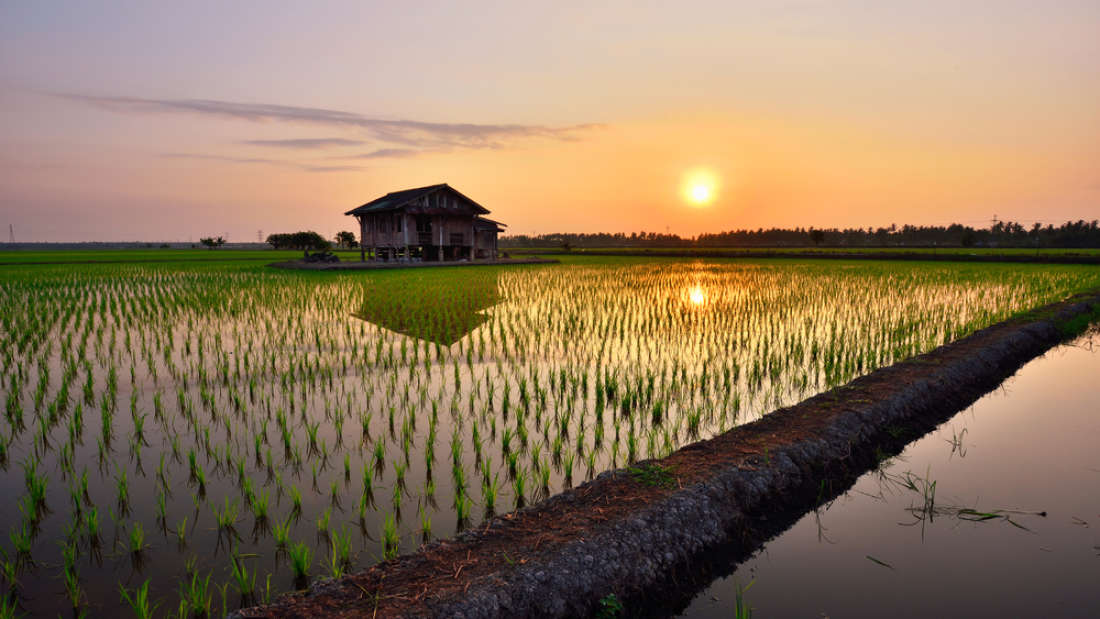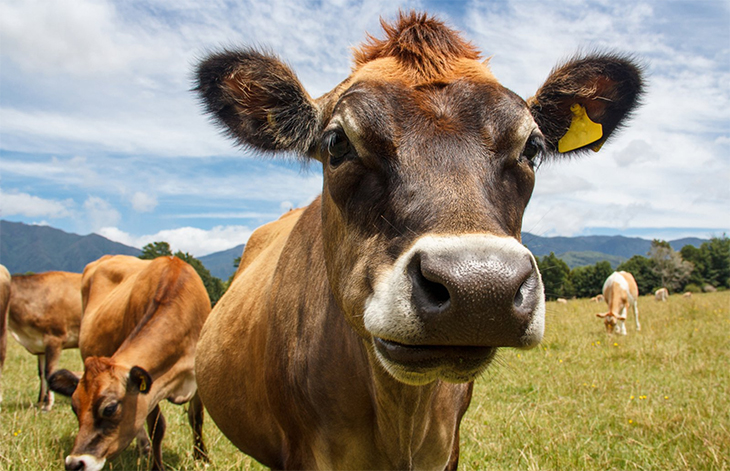By: Tom Hale/IFL Science Chinese scientists have developed a strain of super-tough “sea rice” that farmers can grow in salty water, set to spark a rice revolution that could help feed over 200 million people.
The rice was developed by the godfather of rice, Yuan Longping, at the Qingdao Saline-Alkali Tolerant Rice Research And Development Center in Qingdao on the eastern coast of China, reported Chinese state media.
Back in the 1970s, Yuan was one of the first scientists to develop hybrid rice varieties. Riding on fears that the Chinese population was set to boom within the coming decades, his team helped create numerous strains of rice that grow faster, yield more, and resist more stress. Nowadays, up to 20 percent of the world’s rice comes from rice species created through his pioneering work.
“If a farmer tries to grow some types of saline-tolerant rice now, he or she most likely will get 1,500 kilograms per hectare [1,322 pounds per acre]. That is just not profitable and not even worth the effort,” said Yuan, according to Chinese state media.
“Farmers will have enough incentive to grow the rice if we double the yield.”
The rice was developed through years of trait selection, crossbreeding, and genetic analysis. Over the past summer, the researchers completed their first full-scale trials of growing the crop in rice paddies pumped with diluted seawater from the Yellow Sea, the body of water between mainland China and the Korean Peninsula.
Following on from the success of these experiments, the rice is already filling dinner plates. The company distributing the rice says they have already sold 6 tonnes (6.6 US tons) worth. Currently, it’s pretty pricey, costing around eight times as much as standard rice. However, the price is expected to drop following further commercialization. It’s also reducing the need for pesticides since pathogens and insects find it harder to live in these higher concentrations of salinity.
Huge portions of the Chinese countryside is left empty because the soil and water supply is too saline and too alkaline. There are certain forms of wild rice that can survive salinity already but they usually have a pretty poor yield of 1.125 to 2.25 tonnes per hectare (1.12 to 2.24 US tons per acre). This new hybrid strain, however, can yield between 6.5 and 9.3 tonnes per hectare (2.9 and 4 US tons per acre). This increase in yield could produce 50 million tonnes (55 million US tons) of food, enough to feed 200 million people, Yuan told the South China Morning Post.
Best of all, it also seems to pass the test taste.
“My boyfriend said it was like the rice he had back in his village. It is very good,” one Chinese consumer told the South China Morning Post.




